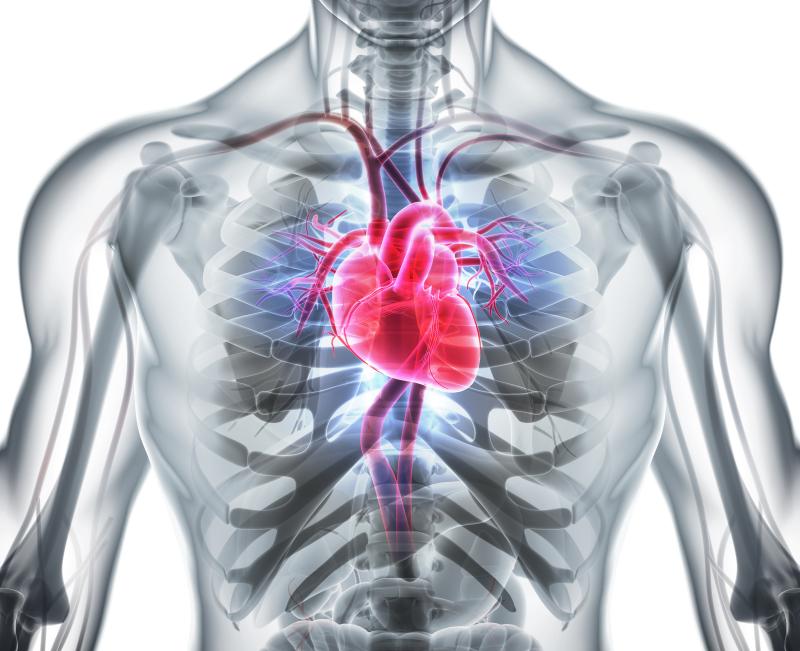Left ventricular assist devices boost metabolic outcomes in diabetics





Left ventricular assist devices (LVADs) trigger almost immediate favourable metabolic changes in both diabetics and nondiabetics, according to a recent study.
“It has been reported that control of diabetes mellitus (DM), including fasting blood glucose (FBG), insulin requirements, and glycosylated haemoglobin, improves following LVAD implantation,” the researchers said, although the timing of these effects have not been elucidated. The present study sought to clarify the window in which these changes happen.
The retrospective analysis included 70 LVAD recipients (median age, 55 years; 86 percent male), half of whom were diabetic. All were cases of type 2 DM. [Heart Lung Circ 2020;29:931-935]
Researchers noted a marked improvement in haemodynamics after LVAD implantation. Prior to surgery, the mean cardiac output was 4.0±2.1 L/min. This jumped to 5.6±1.6 L/min after the procedure (p<0.001). Similarly, cardiac index increased from 1.8±0.4 to 2.6±1.1 L/min/m2, as pulmonary capillary wedge pressure dropped from 25.7±5.9 to 17.2±3.1 mm Hg (p<0.001 for both).
These improvements were accompanied by a reduction in the total daily insulin requirements in diabetic patients. Before LVAD, the average insulin dose was 29.2 units per day, which dropped to 16.2 daily units after device placement (p=0.038). Sixteen patients saw a median decrease of 25.2 units in their daily insulin requirement, while 10 needed a median increase of 7.3 units per day.
Moreover, diabetic patients saw a significant decrease in LBG after LVAD implantation (mean change, –28.7±41.7 mg/dL; p<0.001). Similar changes were also observed in nondiabetics (mean change, –16.8±20.4 mg/dL; p<0.001).
“Because abnormal carbohydrate metabolism is a continuum, with arbitrary and changing borders between overt diabetes, abnormal glucose tolerance, and a nondiabetic state,” the researchers said. “[W]e hypothesized that immediate haemodynamic improvement from LVAD implantation will reflect favourably on total daily insulin dose requirements in diabetic patients and FBG in both patients with and without diabetes.”
“Our study is the first to suggest [that] favourable changes after LVAD implantation result in such quick improvements in the control of DM, as well as fasting blood glucoses in nondiabetic patients,” the researchers said.
In the present study, the researchers accessed electronic charts from a single care centre. Data of those who died during their initial LVAD admission, those who received cardiac transplantation, or those who had undergone prior LVAD implants were ineligible for analysis.
“LVAD implantation is a major stress to the body. The surgery, general anaesthesia, cardiopulmonary bypass, transfusion of blood, and other biological products, etc. elicits a profound response on all levels,” the researchers said, pointing out that because the response of the body to such an assault was highly complex, it was impossible for statistical models to account for all factors involved.
“The rapid improvement of FBG and subsequent decline in the need for exogenous insulin suggest that close monitoring and early follow-up for diabetic patients are required following LVAD implantation,” they added.